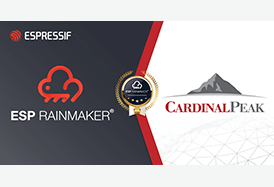![]() As the IoT continues growing, many early movers in the space that created their own in-house solution or used one of the many specialty IoT platforms are now outgrowing those platforms. Is your legacy platform showing its age by not being cost-effective to scale, lacking the ability to support desired features, or being sunsetted? If you are concerned that your legacy IoT platform presents more risks than rewards, then reach out to Cardinal Peak to discuss your options.
As the IoT continues growing, many early movers in the space that created their own in-house solution or used one of the many specialty IoT platforms are now outgrowing those platforms. Is your legacy platform showing its age by not being cost-effective to scale, lacking the ability to support desired features, or being sunsetted? If you are concerned that your legacy IoT platform presents more risks than rewards, then reach out to Cardinal Peak to discuss your options.
IoT Devices and Platform Migration Services Challenges
When it comes to IoT platform migration services, the most common challenges organizations across industries face include:
Cost
The ongoing cloud costs associated with a fleet of deployed sensors can be significant, especially if no additional revenue can be realized from those previously deployed sensors. In addition, there may be other fees associated with your IoT platform provider for simply managing the required infrastructure. Costs can usually be reduced by migrating to a modern IoT platform that has achieved the efficiency of scale, such as AWS IoT Core and Espressif RainMaker.
Speed of Innovation
As connected products succeed in the market, companies want to grow those solutions and add new features that further differentiate the product. Unfortunately, specialty IoT platforms designed to cover specific use cases make it difficult to add new key features. Maybe your initial application focused on devices with low data rates, but when you add video capabilities the model breaks. As third-party IoT platforms provide the exact same features to every customer, how can you differentiate your product? Through IoT platform migration to a platform, such as AWS IoT Core, that allows you to develop unique features and services.
Security
Unfortunately, we live and work in a world in which new security vulnerabilities are discovered — and exploited — every day. As we move further into the digital age, what is considered state-of-the-art protection one day is inadequate the next as the landscape evolves. When considering IoT platform migration, ask yourself whether you need to own the multivectored security problem (devices, cloud, apps, personal data, etc.) or if you should just leverage a solution that manages that for you. Older IoT platforms aren’t achieving the same level of commercial success as past years, so vendors don’t have comparable funding for ongoing maintenance and security as the market leaders.
Technological Disruption
Whether you already know that your platform is going to be sunsetting or are just concerned that it someday will, it’s important to remain ahead of any technology upheavals. If you’re already seeing service difficulties increasing, those challenges will only be further complicated as new products are added to the aging platform. Instead of continuing to multiply future problems by adding new products to an outdated solution, it could be time to start future-proofing your solution via IoT application migration.
Scale & Fleet Management
When considering which IoT solution is right for your product, scalability is one of the most crucial considerations. In the world of IoT product development, scalability refers to the ability to go from prototype to production in a seamless way. If you’re having challenges with your current IoT platform as you try to scale from 1,000 to 1 million-plus devices globally, leveraging state-of-the-art IoT platform migration services can help prevent project failure.
At Cardinal Peak, we help our clients migrate from their existing IoT platform to an AWS IoT Core solution, which is capable of scaling and adapting as your needs evolve. Amazon Web Services’ managed services are cost-effective solutions that abstract the infrastructure out of the equation so you can focus on your product features, not IT. Leverage our IoT platform migration services to accelerate success today.
IoT Platform Migration Scenarios
There are two general migration scenarios as shown in the following figure.
First, next-gen migration is where already-deployed devices are left on the existing solution, and all new devices utilize the new platform. With this approach, older devices on the old platform eventually reach the end of their useful life. Brownfield migration, on the other hand, is where you transfer previously deployed and recently developed devices to the new IoT platform.
Common IoT Platform Migration Scenarios
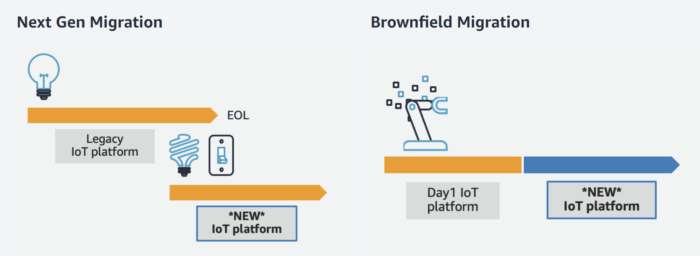
Source: AWS
Next-gen migration presents few risks because no accommodations need to be made for older generations of hardware and firmware. If these older generations had to be migrated to the new platform, the hardware and firmware could present a wide variety of challenges. If your existing IoT platform is not sunsetting within the useful life of your deployed sensors — and the operational costs are tolerable — then next-gen migration is a great solution. However, if your IoT platform is sunsetting, the useful life for your product is long, current platform costs are not tolerable or there is a serious technical issue, then you need a brownfield migration.
Of course, you may choose some kind of hybrid model that slightly improves the situation for the deployed devices while enabling developers to build new products on the next-gen platform.
As an Amazon IoT Design Partner, Cardinal Peak highly recommends migrating to AWS IoT Core. Given the tech giant’s scale and its ongoing investment in the managed cloud service, AWS IoT migration virtually guarantees your solution the best operational cost and a platform that will not become out of date anytime soon. AWS’s toolkit includes a wide variety of capabilities that reduce your development time but allow unlimited flexibility so you can create any differentiating features you want. The figure below provides an overview of the tools that Amazon provides for developing devices, connecting and controlling those devices, and mining the data collected. As an end-to-end product design company providing IoT platform migration consulting, we are well versed in all of these tools and can design and test devices, cloud applications and end-user apps to thrive in today’s networked ecosystems.
AWS Solutions for IoT Platform Migrations
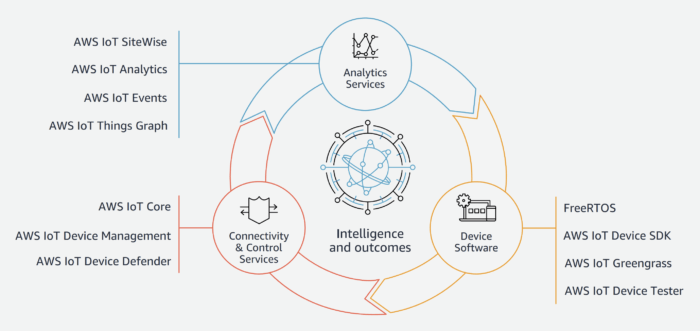
Source: AWS
The Cardinal Peak IoT Platform Migration Process
Leveraging our AWS IoT expertise, we follow Amazon’s best practices, including the following steps, for platform migration projects:
Step 1) Assess Readiness
Consider a migration readiness assessment workshop that includes members of your team, Amazon experts and Cardinal Peak, so that we can help provide you with the best guidance and advice. During this process, we’ll review every aspect of your system to understand both the business and technical aspects:
Business Aspects
- Value proposition
- Your in-house capabilities for development and operation
- Governance
- Etc.
Technical Aspects
- Platform
- Security
- Operations
- Etc.
The result of this stage is the readiness assessment report.
Step 2) Execute IoT Platform Migration
With the readiness assessment, we are ready to start the migration process. Cardinal Peak is capable of end-to-end development and supporting your ongoing DevOps needs after the transition, but more often than not, our clients have in-house talents that they want to utilize as part of the overall team. We are used to working as a team with our clients, and our transparent management tools and focus on communication throughout the project make that easy.
Finally, Amazon offers a number of programs to help offset a portion of your migration costs through direct funding or service credits. Navigating these ever-changing programs can be a challenge, so we generally help our clients apply. If you are interested in exploring your options, please contact us today.
IoT Platform Migration Case Studies
Our industry-leading IoT devices and platform migration consulting enables organizations across industries to execute IoT platform modernization that brings their business into the modern world. Check out the following case studies to learn more about our IoT migration services.
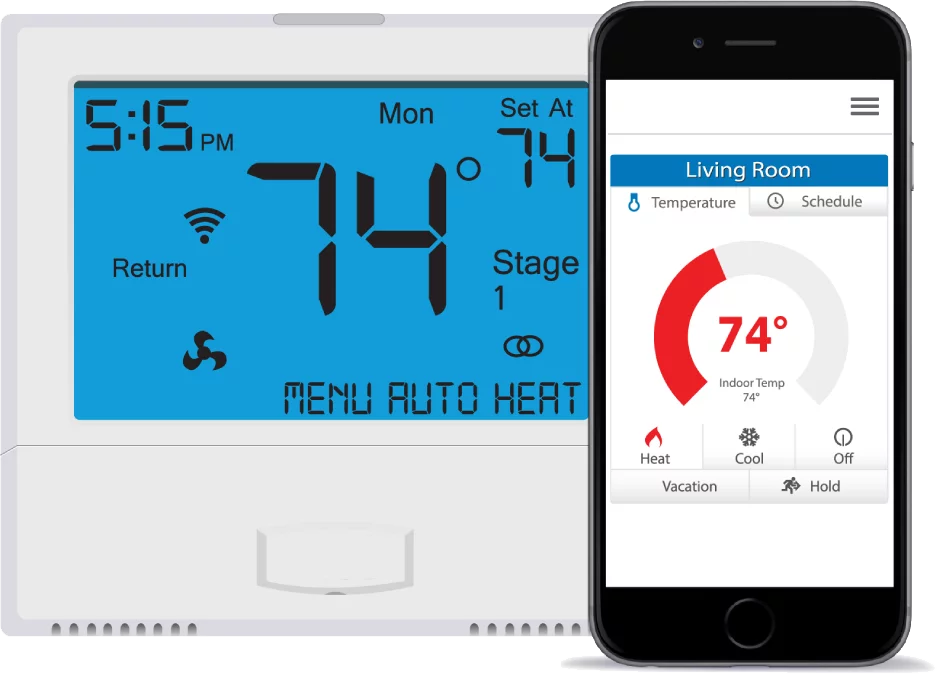
Connected IoT and Smart Home Product Designs
IoT growth is exploding, driven by RF options, pervasive connectivity, low-cost cloud computing and nearly universal smartphone ownership. This case study assesses 7 of our connected product designs and answers IoT platform migration FAQs.
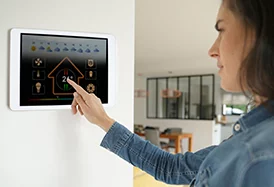
Voice Enabled Smart Home Automation
Smart home engineering makes it easier than ever for consumers to control their at-home lives — using just their voices. This connected product design case study highlights our audio, voice, signal processing and IoT platform expertise.
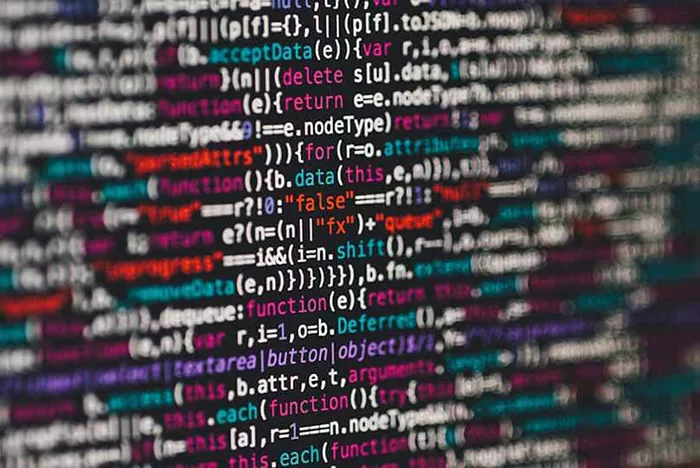
Preparing Legacy Software for Future Platform Growth
Our IoT device and platform migration processes are refined over hundreds of projects to help clients increase the speed and productivity of future development through improved continuous integration and delivery. This case examines one such project.
IoT growth is exploding, driven by RF options, pervasive connectivity, low-cost cloud computing and nearly universal smartphone ownership. This case study assesses 7 of our connected product designs and answers IoT platform migration FAQs.
Smart home engineering makes it easier than ever for consumers to control their at-home lives — using just their voices. This connected product design case study highlights our audio, voice, signal processing and IoT platform expertise.
Our IoT device and platform migration processes are refined over hundreds of projects to help clients increase the speed and productivity of future development through improved continuous integration and delivery. This case examines one such project.
IoT Application Migration FAQs
What is an IoT Platform?
An IoT platform provides the building blocks for developing a connected product, whether that group of technologies is an on-premises software suite or a cloud service that monitors and potentially manages and controls various end devices. IoT platforms also enable product developers to extend applications, collect data in a remote manner, secure connectivity and ultimately build new applications that drive businesses forward. Bottom line: IoT platforms make Internet of Things design, development and maintenance easier and cheaper.
What is an IoT Platform Example?
A couple of the top IoT cloud platforms are AWS IoT and Microsoft Azure IoT. Others include Thingworx, Google Cloud and IBM Watson, as well as options from Cisco, Oracle and others. There are many different IoT connectivity platforms, with players like Cisco, Sprint, Ericsson and ARM each offering their own.
Choosing the right IoT platform can be daunting, which is why you should collaborate with an experienced IoT migration consulting partner. When selecting an IoT platform, it is important to consider much more than just the technical capabilities of the solution.
What are the Types of IoT Platforms?
The most common types of IoT platforms include:
- Cloud platforms
- IoT connectivity platforms
- Connected device platforms
- Analytics platforms
Cloud platforms help with consuming, transporting, storing, analyzing and displaying data. Connectivity platforms enable real-world devices to connect to the cloud or any other big data repository. IoT device platforms provide hardware building blocks for developing IoT devices, while analytics platforms help provide actionable insights to your users via data analysis.
IoT Migration Services Related Articles
Do you want to learn more about our IoT platform migration? The following blog posts provide more detailed information about the benefits of IoT migration, why you should work with an experienced partner, the challenge with generic IoT platforms, the future of the Internet of Things and more.
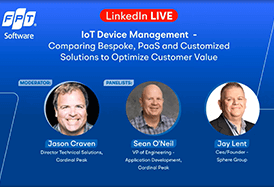
IoT Fleet Management: Custom Solutions, PaaS and Accelerators
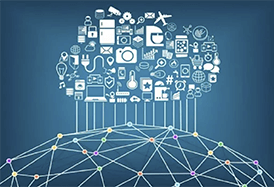
The Problem With Generic IoT Platforms — and Why We Avoid Them
